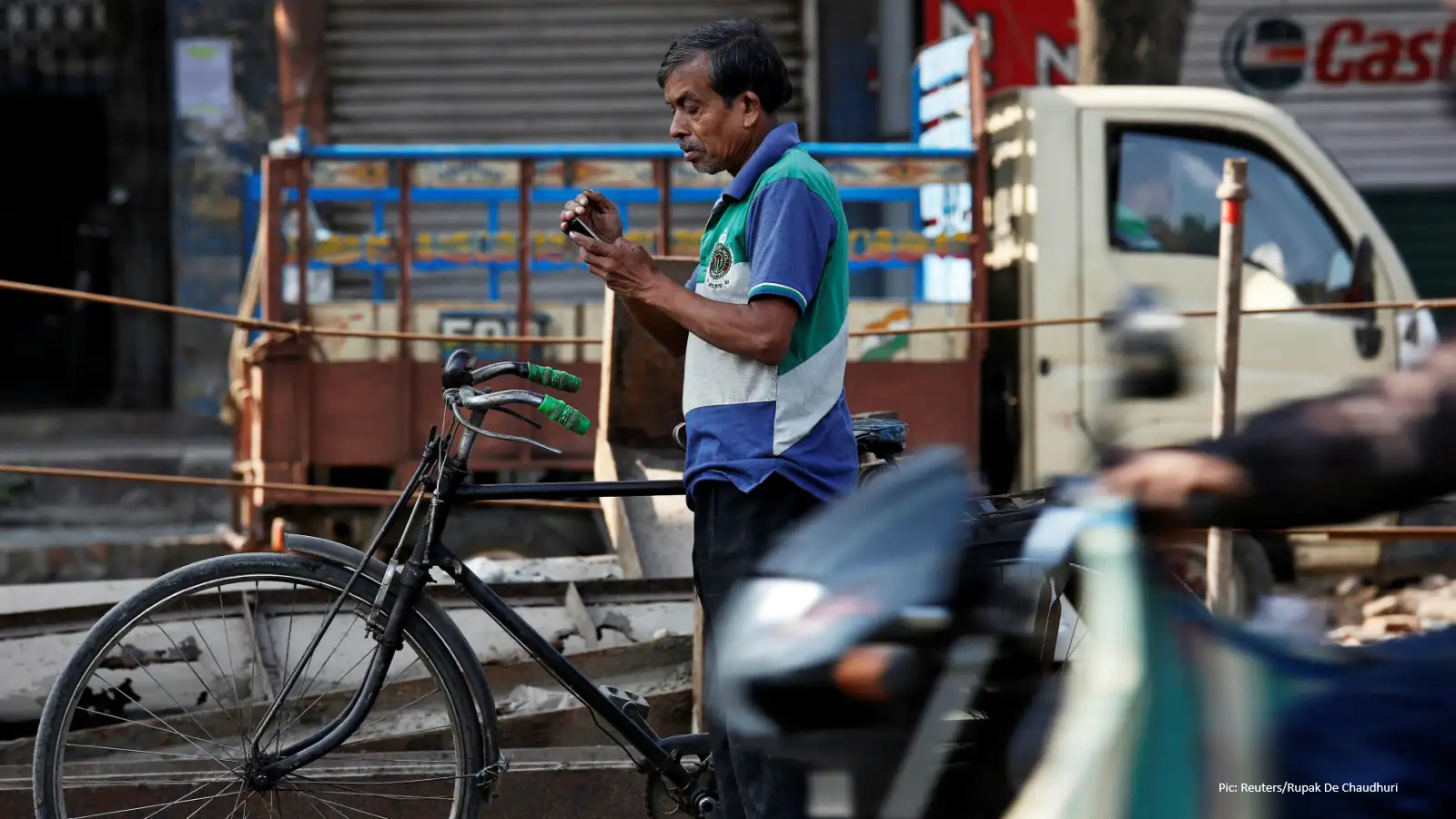The National Time Use Survey (TUS) is a periodic survey conducted across the country by the National Statistics and Surveys Office (NSSO), Ministry of Statistics and Program Implementation (MoSPI), Government of India. The most recent survey was conducted in 2024.
The main goal of the survey is to measure how people spend their time. The activities measured like working, commuting, shopping, eating and drinking, socialising, taking care of children, watching television, along with others provide important insights into how people are occupied and what interventions are needed from the policy perspective.
Understanding the dataset
This dataset contains all the files from the TUS 2024. In this explainer we help you understand the resources in the dataset and what they mean.
Main raw data
The main survey data is split into household and personal survey results.
Household data does not include time and activity information, but contains information on size of household, monthly expenditure, flooring, dwelling type, energy used for cooking and lighting, etc.

Each row in this file corresponds to one household. The number of records are much fewer than personal data. The entire household data is available in csv format here.
Personal Data is much larger and includes detailed time use data for each person surveyed. Each row in this file corresponds to one activity, so each individual has multiple rows.
It notes details on age, marital status etc of the individual before recording the activity details. Each person can be uniquely identified by a combination of the first sixteen fields: from “Schedule” to “marital status”.

Details on the three digit activity code and what it means, region and district codes and how they help identify a district uniquely are explained below.
The personal data in csv format, zipped, is available here. The unzipped file is around 1 GB in size. The entire data in the original TXT format is available here. Data for major cities – Bengaluru, Chennai, Delhi, Hyderabad, Kolkata, Mumbai and Pune – in CSV format are also available in the dataset for both household and personal data.
The data layout including the number of digits for each column in the txt files can be verified from this excel file. The python script to convert the TXT files to CSV using the layout file can be accessed here.
Survey Codes and Questionnaire
The survey codes like the three digit activity code can be accessed in the Instructions file – Vol 1. This is available in Chapter three of the file.

The appendix has detailed location information where the combination of the 3-digit Region code and the 2-digit district code can be used to identify a state and a district.

The questionnaire can be accessed here. It has the exact questions that the surveyors asked the surveyed.

